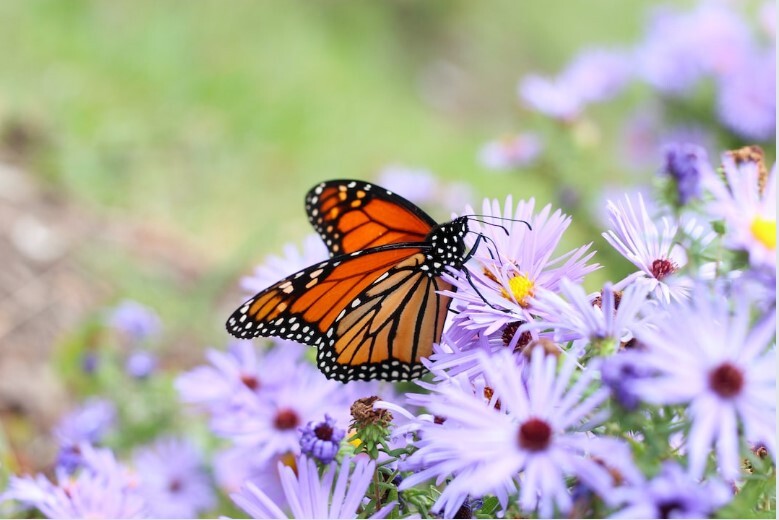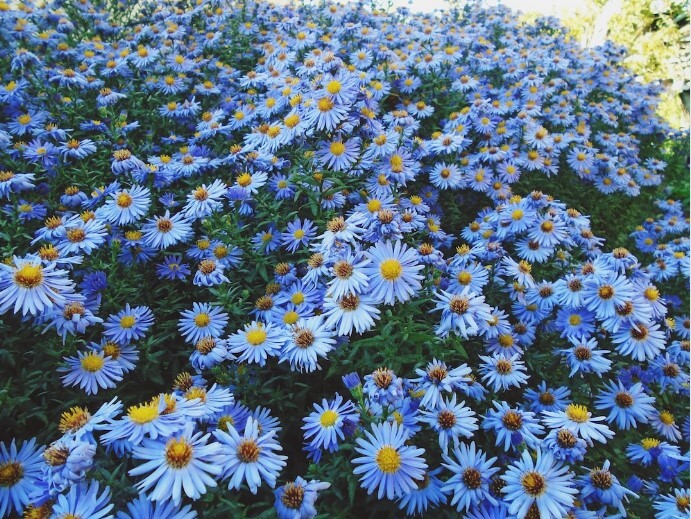Explore the world of Aster flowers
Exploring the Beauty of Asters: Growing and Caring for These Colorful Blooms
Scientific Name: Aster is a genus of plants belonging to the Asteraceae family. There are many species and varieties of asters, and their most commonly used scientific name is Aster.
General Characteristics:
Habitat: Asters are native to various regions around the world, including North America, Europe, and Asia. They can be found in a variety of habitats, from meadows to woodlands and roadside edges.
Flowers: Aster flowers are known for their slender, pointed petals that surround a yellow or pale yellow center. They come in a wide range of colors, including pink, purple, white, and blue.
Size: The size of aster plants varies by species and variety, but they are generally perennial plants that grow from a few inches to over a meter in height.
Leaves: Aster leaves are typically simple, opposite, and lance-shaped. Leaf size and shape can vary depending on the species.
Care:
Light: Most aster species prefer full sun, although some can tolerate partial shade.
Soil: They require well-draining, fertile soil. The soil should be kept consistently moist but not waterlogged to avoid root rot.
Watering: Water regularly to keep the soil evenly moist. During dry seasons, more frequent watering may be necessary.
Pruning: Asters can often be pruned to promote compact growth and prevent them from becoming leggy (having long, slender stems).
Uses:
Gardening: Asters are popular in gardening due to their colorful flowers and their ability to attract pollinators such as bees and butterflies. They are used in flower beds, garden borders, and floral arrangements.
Symbolism: In the language of flowers, asters can symbolize patience, elegance, and charm.
Traditional Medicine: In some cultures, parts of the aster plant have been used for medicinal purposes, although it's important to note that some species can be toxic.
Asters are a beautiful and versatile addition to any garden and are known for their ability to attract wildlife and brighten the landscape with their colorful flowers. As always, it's important to research the specific needs of the aster species you have in your garden to ensure their health and prosperity.



